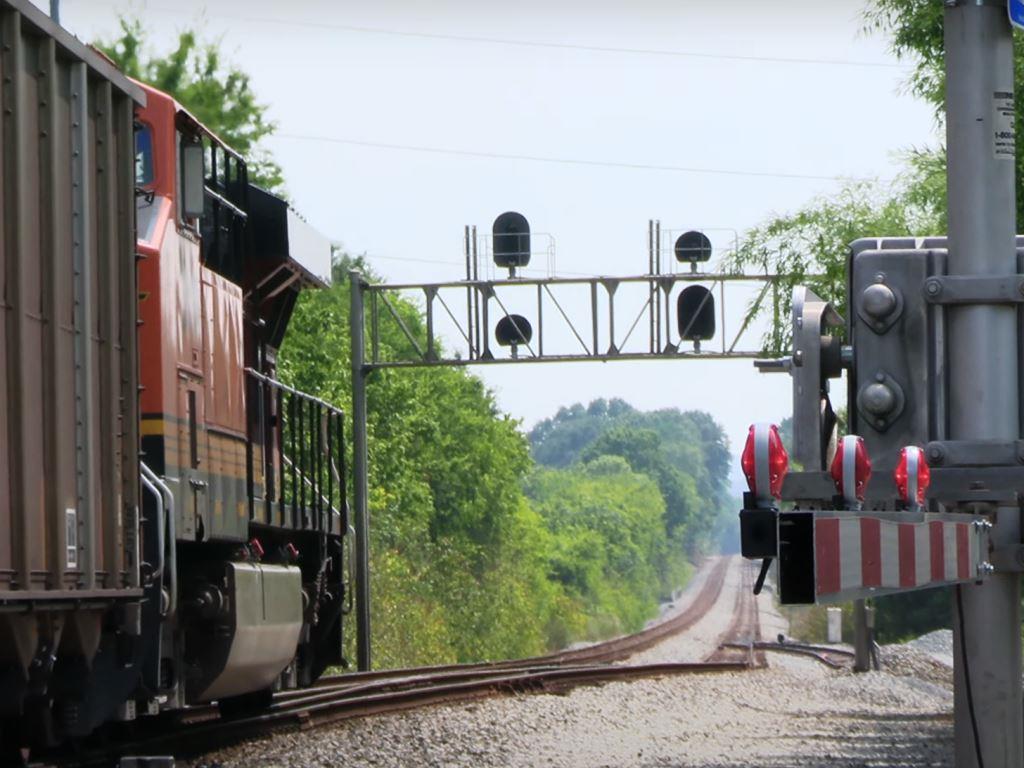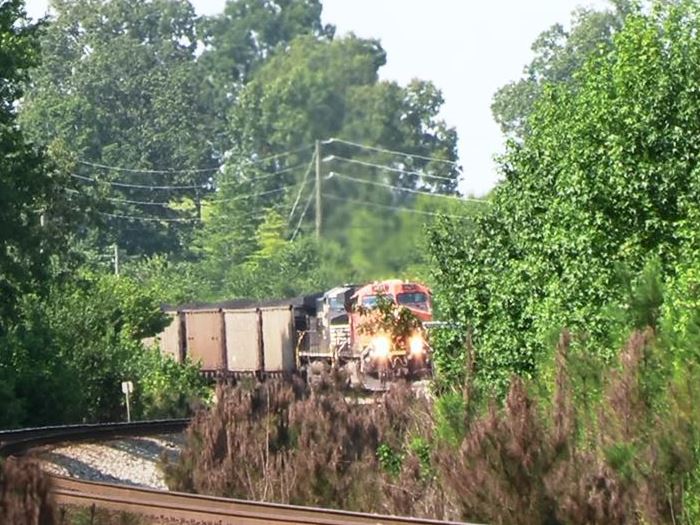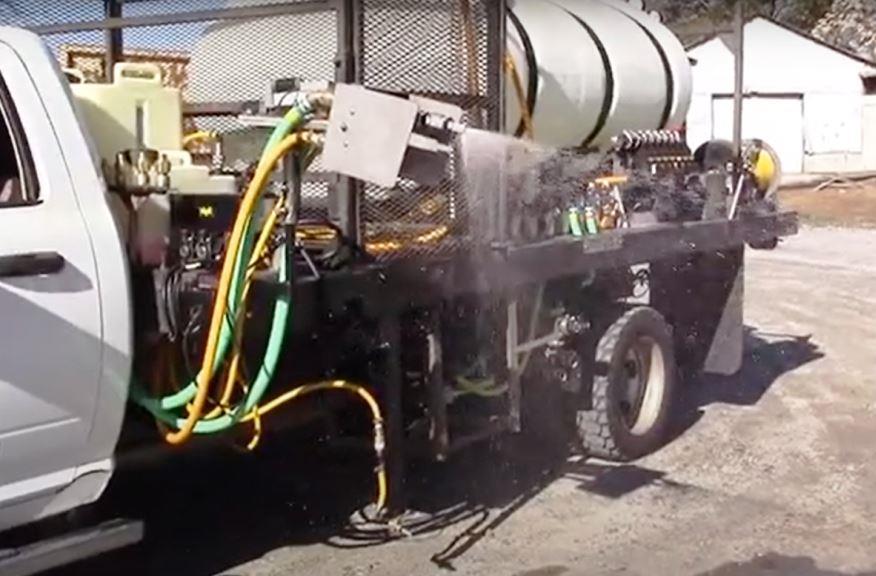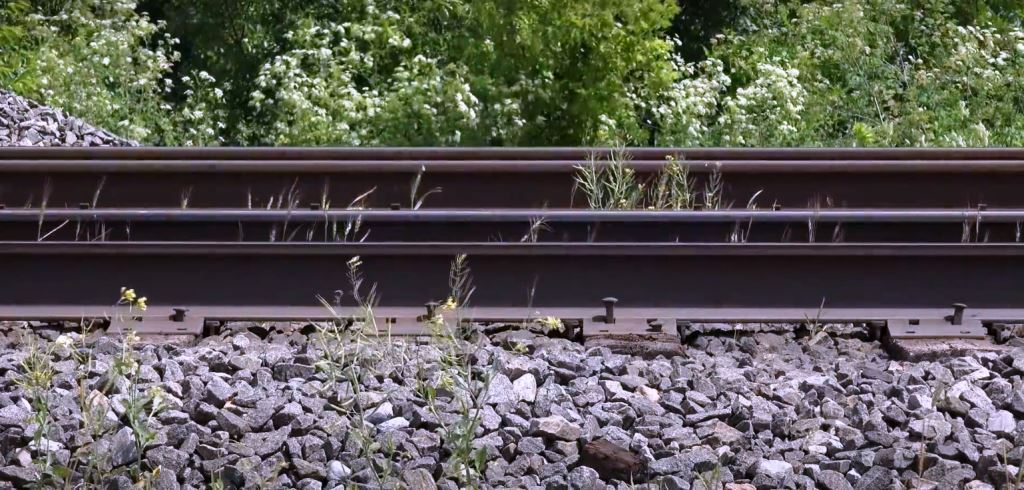
Railroad Vegetation Control in Georgia
Georgia Railroad Vegetation Management FAQ for Asset Managers and Facilities Teams
Answers to the most common questions from Georgia railroad asset managers, facilities teams, and off-site property managers, with the same licensed, compliance-ready vegetation management services available to rail operators in South Carolina, and the Southeast. VegClear’s vegetation management services encompass thorough SOPs, documentation process, and a compliance-focused approach.
How does VegClear’s vegetation management benefit railroad asset managers in Georgia, South Carolina and the Southeast?
VegClear’s scheduled vegetation control programs keep rights-of-way clear, protect track infrastructure, and reduce hazards across short line, regional, and Class III railroads. For asset managers, this means improved inspection access, reduced safety risks, and assurance that maintenance standards are being met year-round. These same proven programs are available for South Carolina rail operations as well.
What makes VegClear an ideal partner for both local and off-site property and facilities managers responsible for Georgia and South Carolina Assets?
We specialize in servicing clients who are based in the area as well as those who may not be present on-site. After each service visit, we provide photo documentation and detailed notes so managers can verify work completion, track progress, and have visual proof for compliance records without second guessing conditions or visiting the property. This approach is used for both Georgia and South Carolina clients, ensuring consistent oversight regardless of location.
How often will VegClear technicians visit and inspect client sites?
Vegetation management frequency is based on surrounding property uses, railroad type, location, and seasonal growth patterns. Many Georgia short line and branch line railroads benefit from two to four herbicide treatments annually, combined with targeted brush control to maintain clear sightlines at crossings, signals, and switchyards. The same service schedules and inspection quality are available to South Carolina operators, and those with track sections throughout the Southeast.
Can VegClear address vegetation around crossings, intermodal, container storage, and switchyards for safety compliance in the Southeast?
Yes. Our crews are trained to manage vegetation in critical areas such as public and private crossings, switchyards, and terminal points, supporting rail operations across Georgia and, for multi state lines, neighboring South Carolina. This improves visibility for motorists and pedestrians, ensures safe train operations, and keeps your railroad assets compliant with applicable regulations throughout the Southeast.




